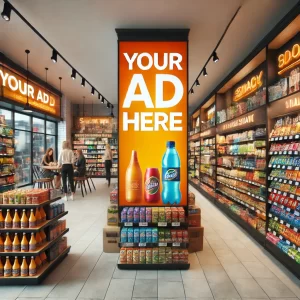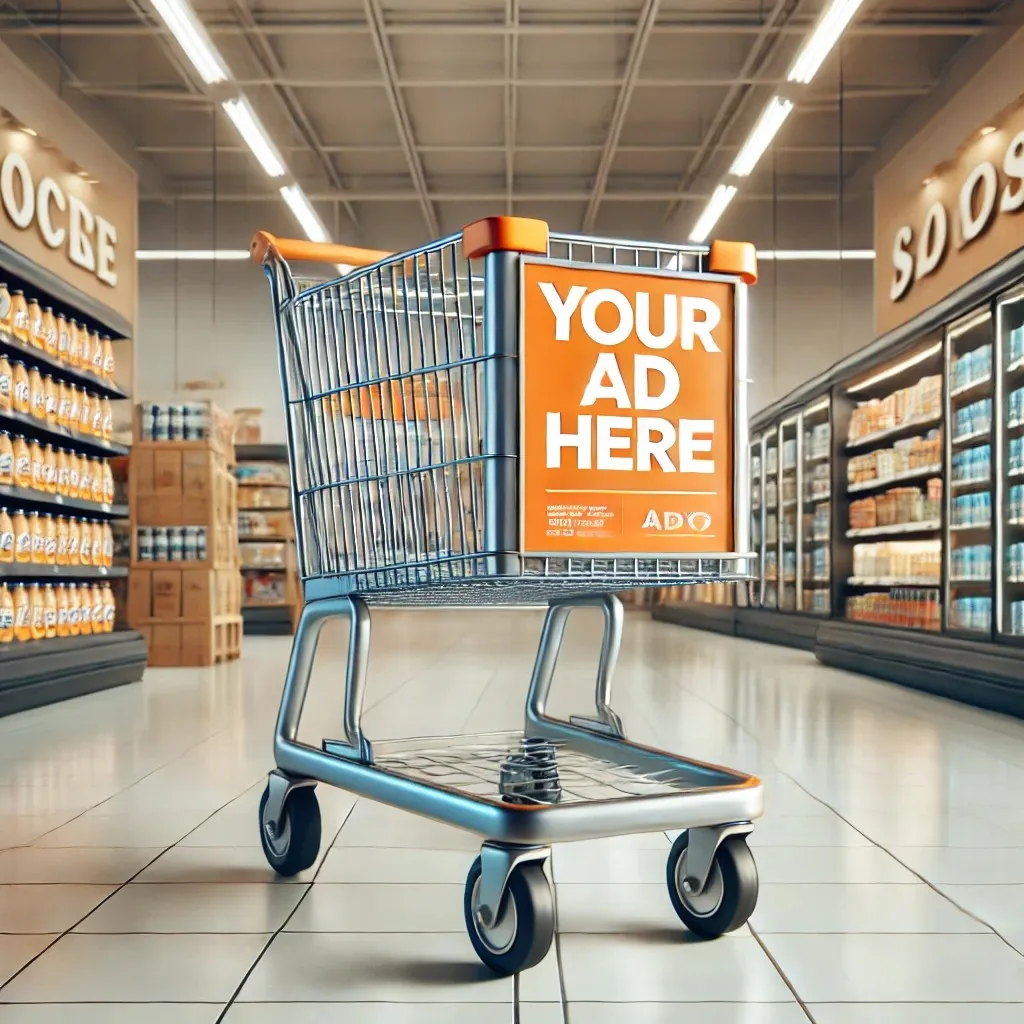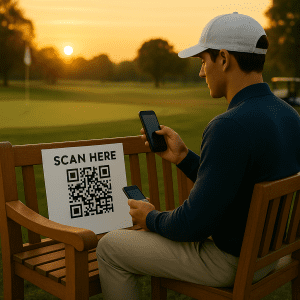In the ever-evolving landscape of marketing, capturing consumer attention where it matters most has become a priority for brands. Grocery divider ads, an often-overlooked form of advertising, hold immense potential in influencing consumer behavior. Strategically placed in checkout lanes, these ads engage customers during a critical moment: the point of purchase. This blog delves into the psychological impact of grocery divider ads, exploring why they work and offering actionable insights into how marketers can leverage them effectively.
The Psychology of Grocery Divider Ads
Capturing Attention in High-Engagement Zones
Checkout lanes are one of the few places in a retail environment where shoppers are a captive audience. As they wait in line, their attention naturally drifts to their immediate surroundings. Grocery divider ads capitalize on this moment of stillness, engaging consumers with messages that are hard to ignore.
Why it works:
Proximity to Products: The ads are positioned alongside the very items consumers are purchasing, creating a direct connection to shopping behavior.
Focused Attention: With no immediate distractions, shoppers are more likely to notice and process the message.
Repetition: For regular grocery shoppers, seeing the same ad repeatedly reinforces brand recall and message retention.
The Power of Contextual Relevance
One of the good reasons to advertise using grocery dividers is the ability to align messaging with the retail context. For example, an ad for a new snack can appear on a divider in the snack aisle, leveraging the consumer’s current mindset to enhance relevance and impact.
Emotional Triggers and Impulse Buying
Emotional Resonance 
Grocery divider ads that tap into emotional triggers—such as nostalgia, humor, or aspirations—can create a memorable impression. When consumers feel a personal connection to the ad, they are more likely to take action.
Example: A coffee brand running a divider ad with a tagline like, “Start Your Day Right with a Brew That Feels Like Home,” can evoke a sense of warmth and comfort, prompting a purchase.
Stimulating Impulse Purchases
Ads on grocery dividers often promote products that align with impulse buying behaviors. A well-designed ad featuring a limited-time discount or a “Buy One, Get One Free” offer can nudge consumers into adding one last item to their cart.
Designing Grocery Divider Ads for Maximum Impact
Keep It Simple and Direct
Consumers have limited time to engage with grocery divider ads. Clear, concise messaging ensures that your brand’s message is delivered effectively.
Key elements:
1. A strong headline or call-to-action (CTA).
2. Bold visuals that align with the brand identity.
3. A QR code for digital engagement or to track ROI.
Personalization and Localized Content
Localized advertising works wonders in grocery stores, where consumer preferences can vary by region. Tailoring your grocery divider ads to specific demographics enhances their appeal and relevance.
Example: A local bakery can advertise freshly baked goods with a coupon offer that resonates with neighborhood shoppers.
Measuring the Success of Grocery Divider Ads

Metrics to Track
Impressions: Calculate the average number of customers visiting the store and estimate how many people viewed the ad.
Conversions: Use QR codes or discount codes to measure how many shoppers acted on the ad’s CTA.
Engagement Rates: Analyze digital interactions stemming from the ad, such as website visits or social media activity.
The Role of Technology
By integrating technologies like augmented reality (AR) or near-field communication (NFC), grocery divider ads can offer interactive experiences that provide additional metrics for analysis.
Use Cases
Health and Wellness Brands
A vitamin company ran grocery divider ads promoting immunity-boosting supplements, paired with a QR code linking to educational content about daily nutrition. The campaign resulted in a 20% uptick in product inquiries and a measurable increase in sales.
Financial Services
A credit card provider used grocery dividers to advertise cashback rewards for grocery shopping. With a scannable QR code for instant applications, the campaign successfully drove a 15% increase in sign-ups.
E-Commerce Platforms
An online retailer advertised exclusive discounts for first-time customers, directing shoppers to their website through a QR code. This initiative not only boosted website traffic but also converted casual viewers into loyal customers.







